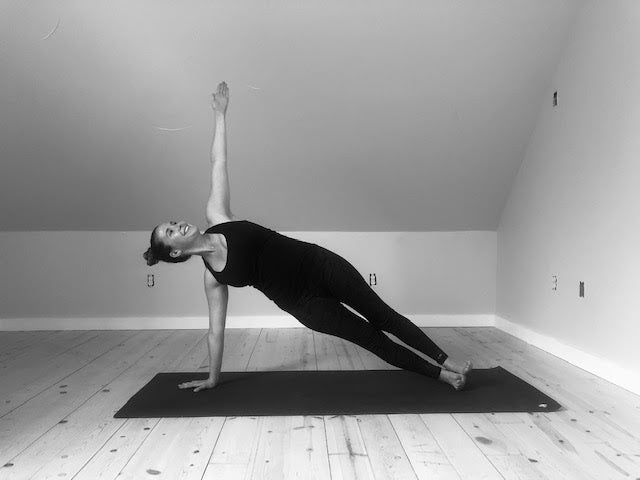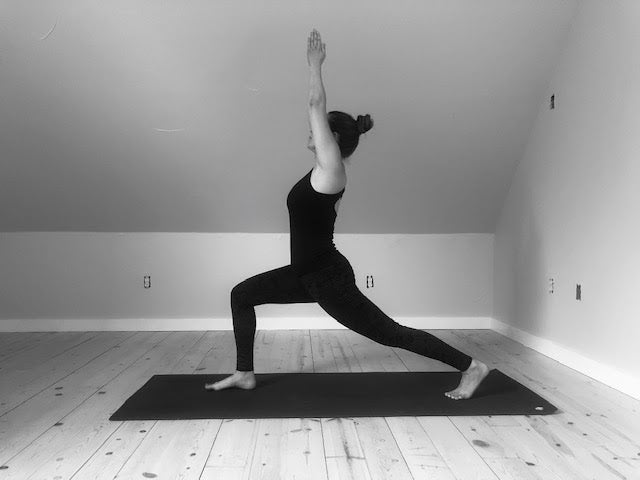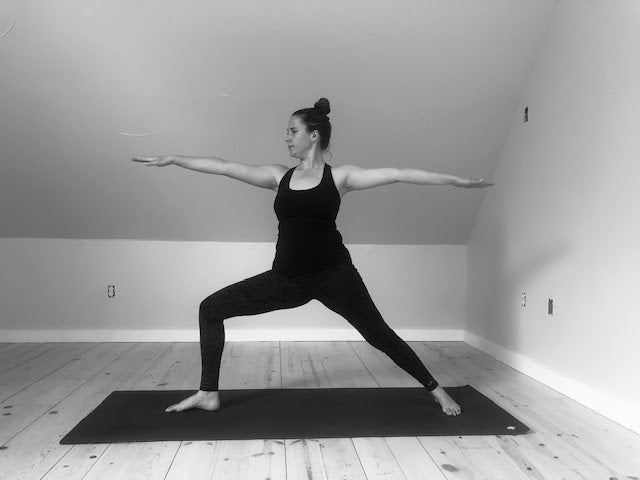
Vasisthasana: An Ayurvedic Guide to Side Plank

Vasisthasana, is the Yoga posture named after the great sage, Vasistha. This great spiritual leader was the teacher to Prince Rama and helped Rama awaken to the light of spiritual transformation. The story goes that Prince Rama returned back home from his travels, disillusioned with the world and its misery. Rama’s father, King Dasharatha, asks Vasistha if he would be able to help lift Rama’s spirits. The connection of Vasistha as teacher and Rama as student is what makes up the sacred Yogic text the Yoga Vasistha. Vasistha is able to teach Rama that from great despair, immense joy and liberation can result.
In our yoga practice, Vasisthasana, or Side Plank, gives us the opportunity to open our hearts, surrender to the work and build mental and physical strength. In the physical body, side plank pose strengthens the arms, wrists, forearms, back and abdominal muscles while improving balance and concentration.
From the Ayurvedic lens, Vasisthasana is beneficial for all three doshas:
Vata- To balance vata dosha, focus on the grounding, static and stabilizing aspects of plank pose. Slowly work up to longer holds, being aware to not fatigue the body.
Pitta- To balance pitta dosha, bring awareness to the solar plexus, just above the navel center and imagine excess heat being expelled from the belly. Surrender into the heart centered energy this posture provides. Hold this posture for a short period of time in order to not overdo it and aggravate pitta dosha.
Kapha-To balance kapha dosha, hold Side Plank for an extended period of time in order to strengthen and tone the muscles of the body. The heart opening aspects of this posture will help you let go of things that no longer serve you, reduce congestion in the lungs and revitalize the mind and senses.
How to Do Vasisthasana:
- Begin in Plank Pose and take 3 cycles of breath.
- Shift the left hand towards the right so it is just underneath the heart and keep this arm straight and strong.
- Open to the right side by shifting weight into the outer edge of your left foot and simultaneously stack the right foot on top of the left. Flex through the feet and place the right hand onto the right hip.
- Position the left hand slightly in front of the left shoulder and press firmly into the left palm, especially being aware of pressing into the fingers and knuckles in order to take some weight off of the left wrist.
- Find your balance and stability and lift up through the left hip.
- Once steady, extend the right arm up to the sky and bring your gaze towards the right hand as long as it is comfortable on your neck. You can also keep the gaze forward and neutral.
- Hold Side Plank for 5 rounds of breath and as you hold, think of engaging from the feet all the way up and out through the crown of your head.
- With an exhale, return to Plank Pose and take 3 cycles of breath.
- Repeat this series on the opposite side.
Precautions:
Contraindications for Vasisthasana:
Works Cited:
Kaivalya, Alanna and van der Kooij, Arjuna. Myths of the Asanas: The Stories at the Heart of the Yoga Tradition. San Rafael, CA: Mandala Publishing, 2010.





Leave a comment
This site is protected by hCaptcha and the hCaptcha Privacy Policy and Terms of Service apply.